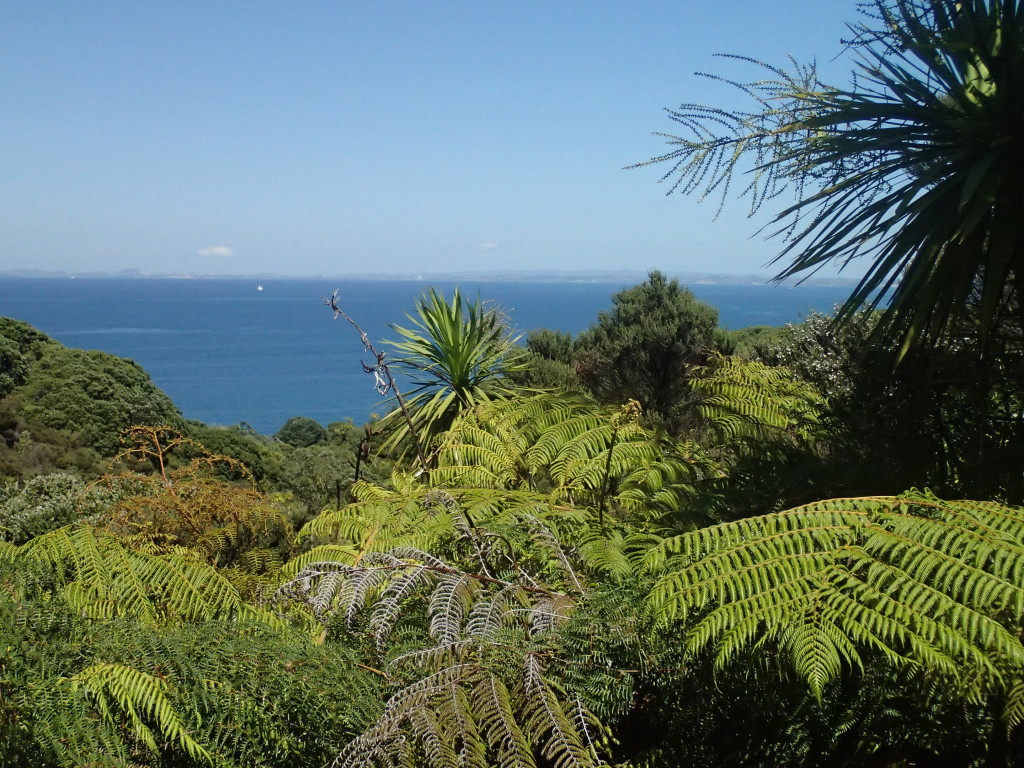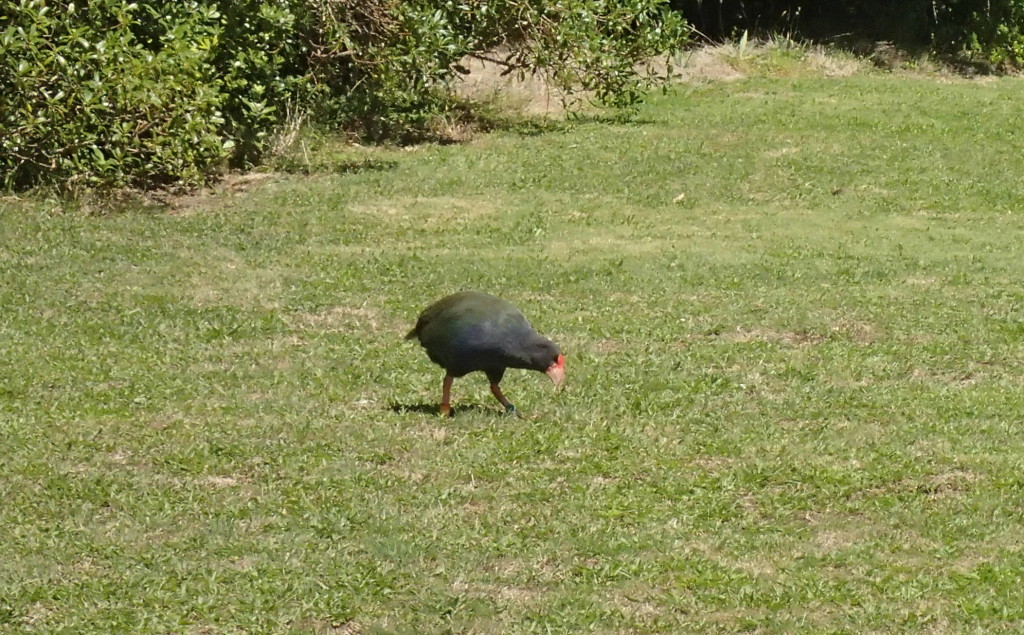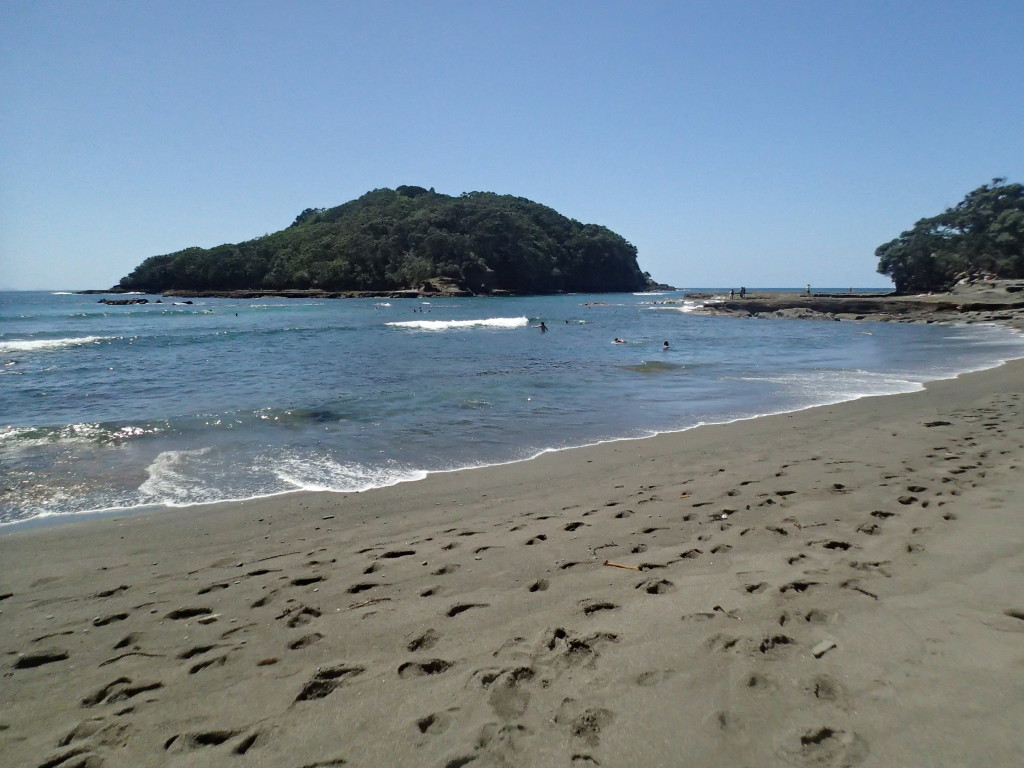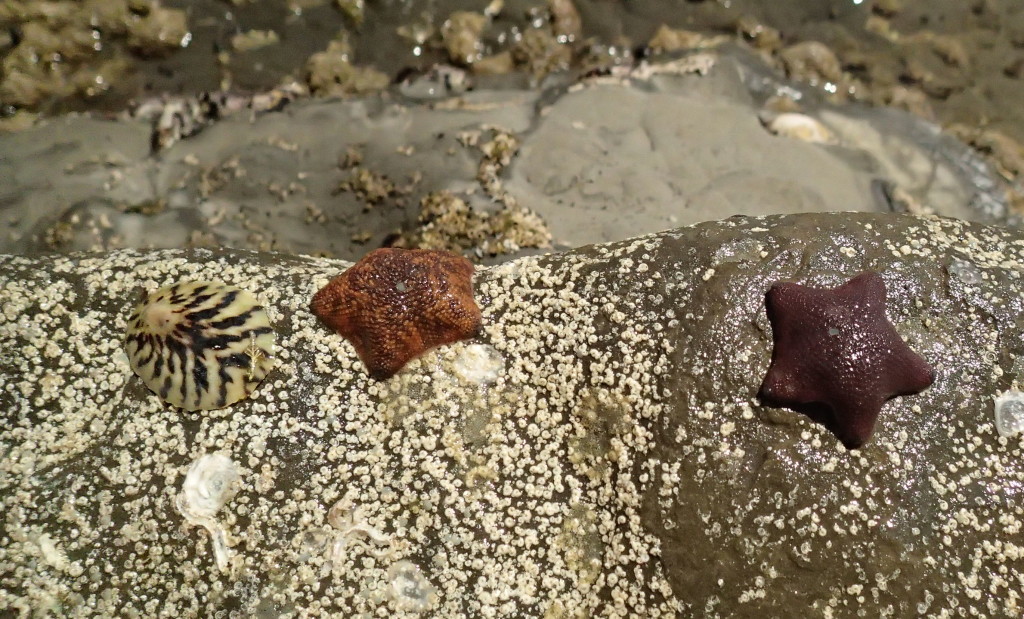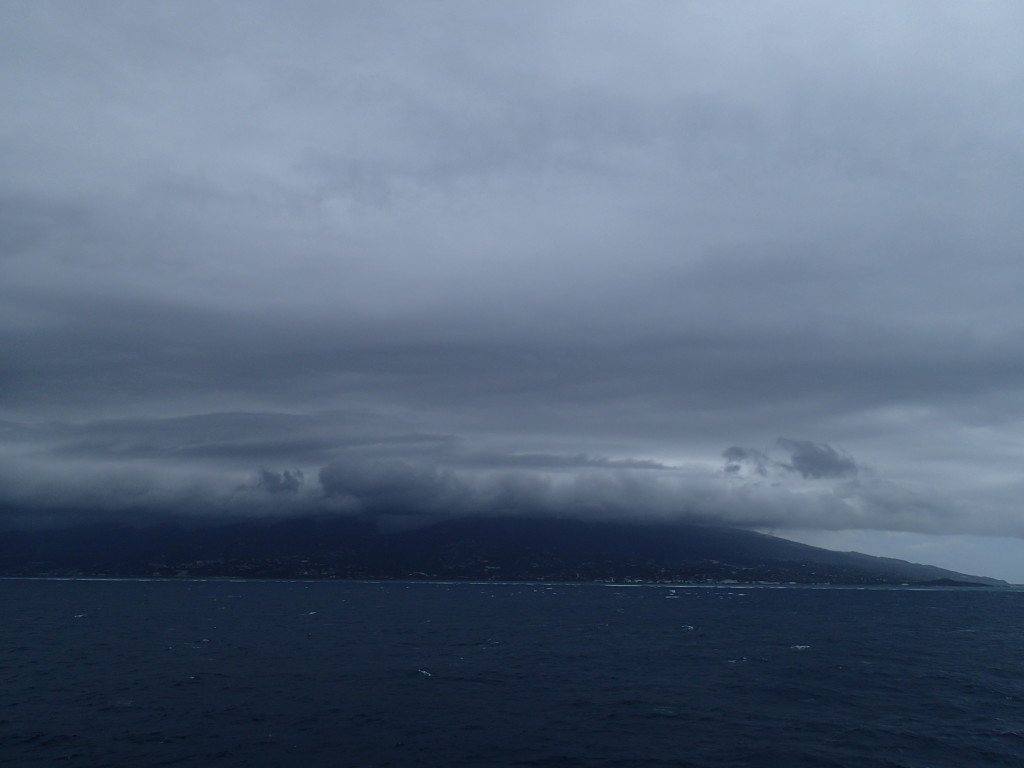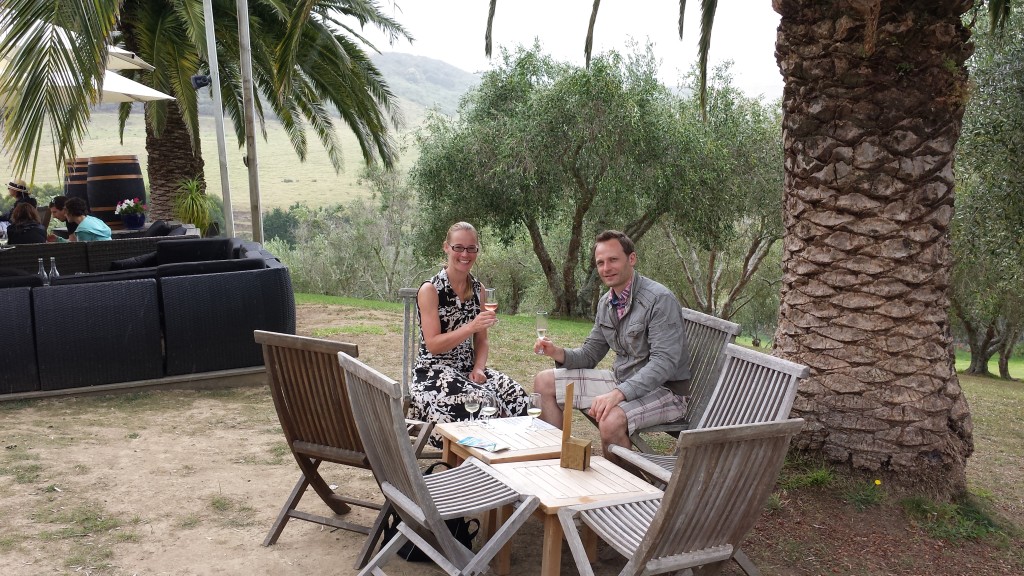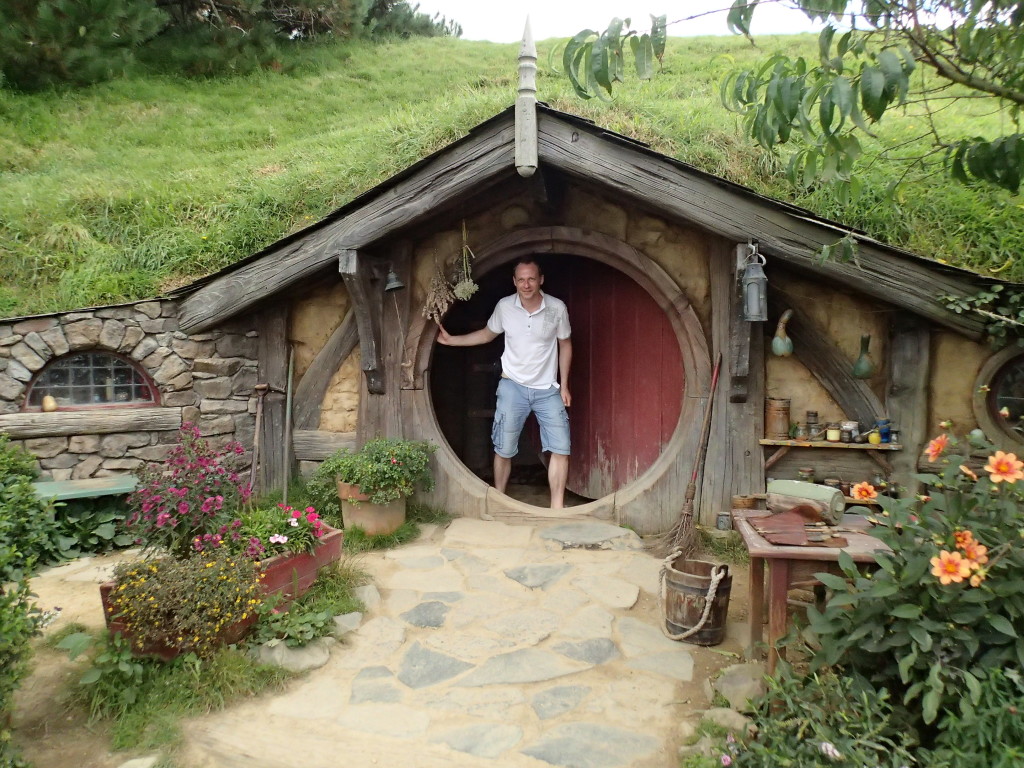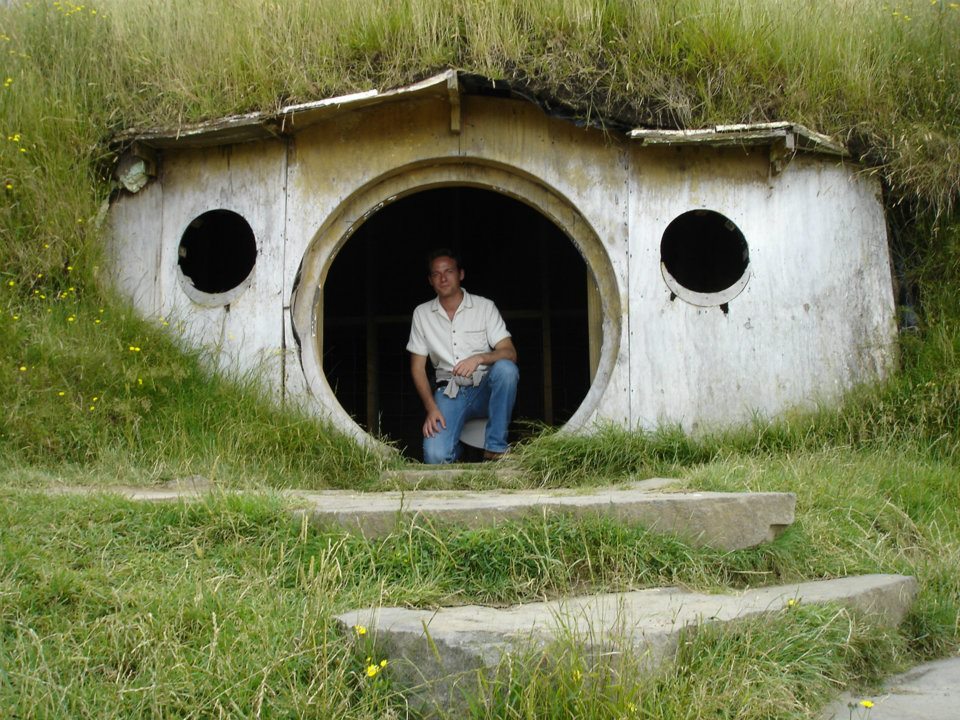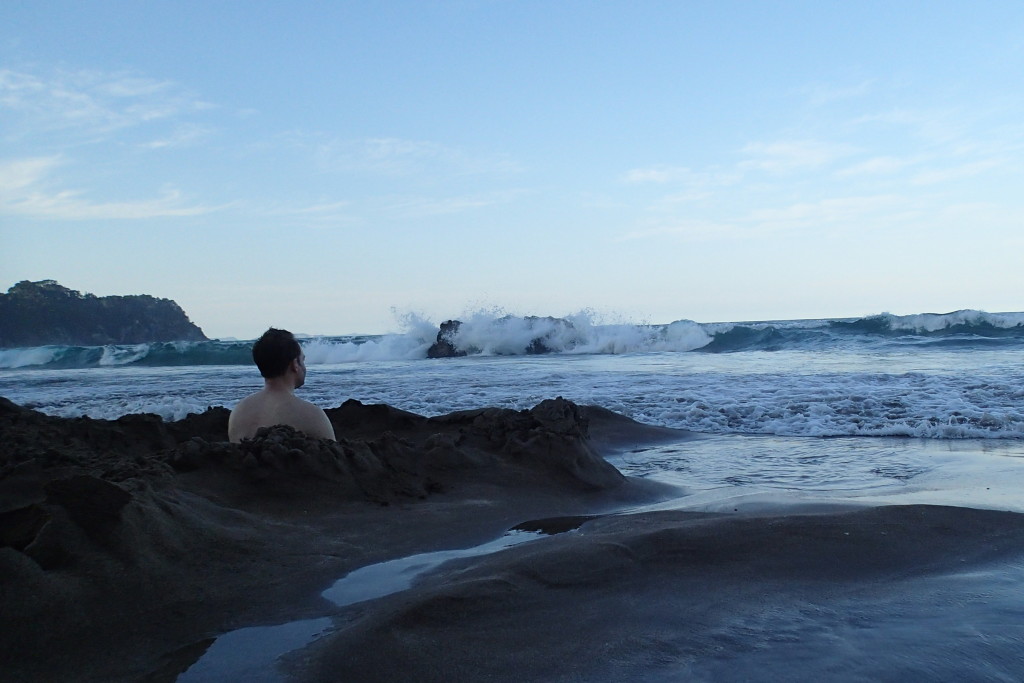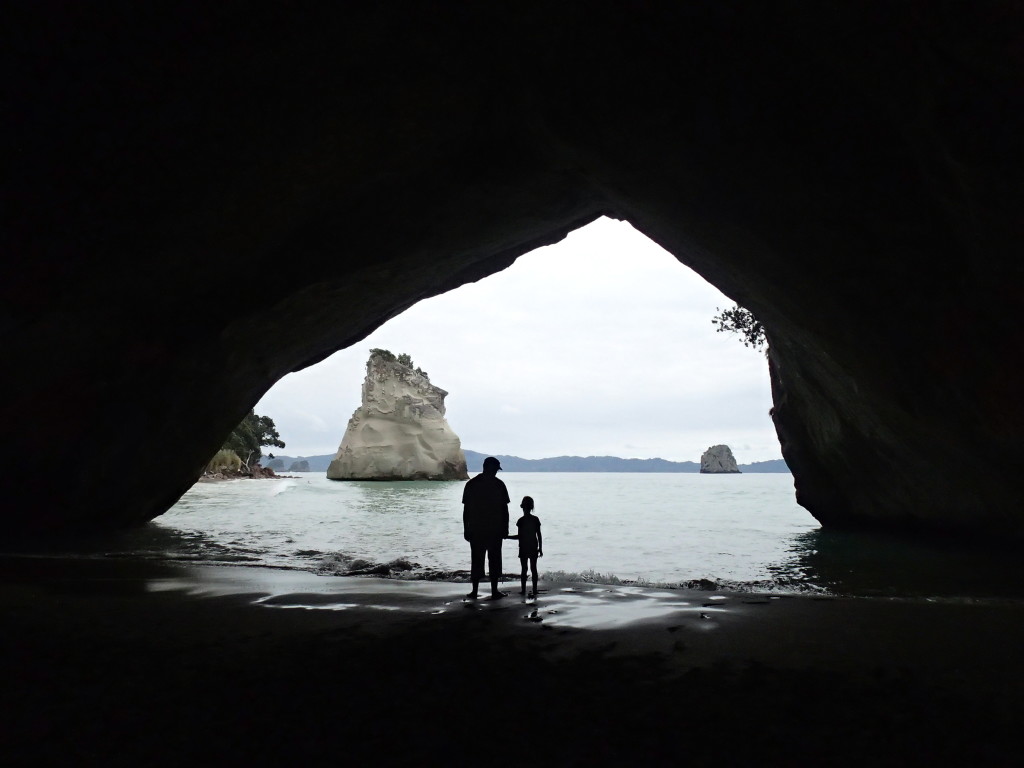Easter Island! The mystery island, called Rapa Nui in Polynesian language, a name used for both the island and its inhabitants. It was claimed by many European powers in the eighteenth and nineteenth century but nowadays it is a province of Chile. The island is filled with large ancient man-like statues called ‘moai’, mainly along the coast, that were made to worship ancestors and to watch over the living. Easter Island has been on my list for a long time but it is not easy to reach, it must be one of the most remote places in the world as there is absolutely nothing of interest within a 3500 km radius. The island is very small so it doesn’t really function as a destination by itself from Europe. There are flights from Tahiti once a week and daily from Santiago de Chile (with a LAN Dreamliner), making it a nice extension to a long holiday in Chile or a stopover on a world tour that takes you past the Pacific.
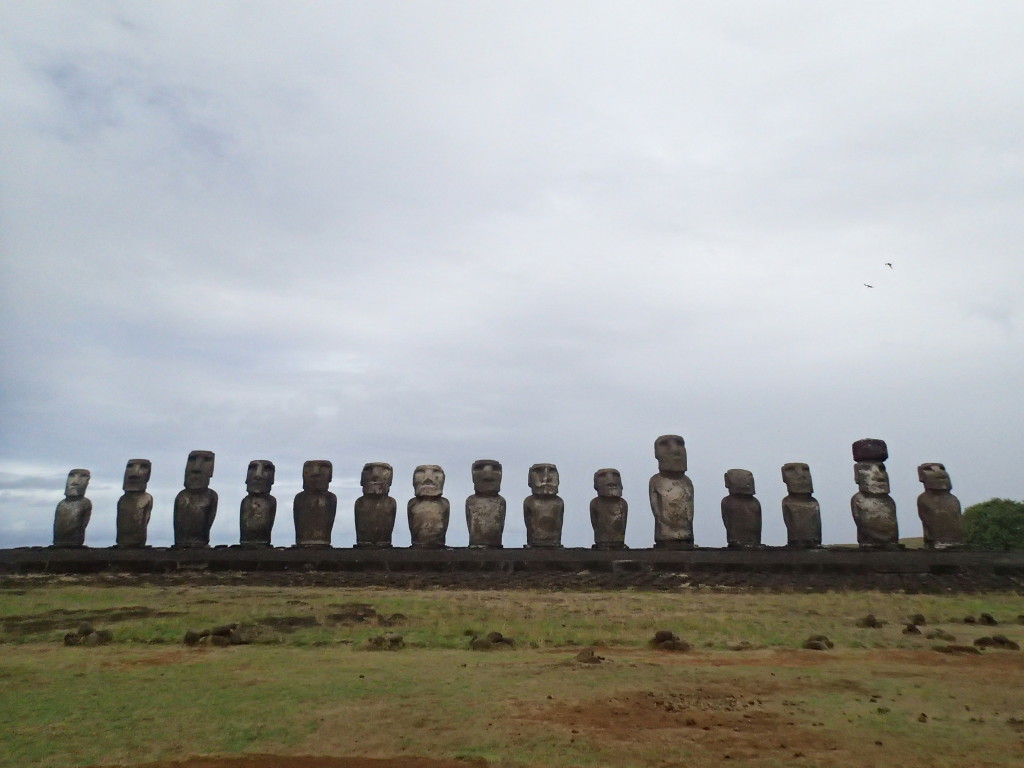
The history of Easter Island is still relatively unclear. The first people to arrive were probably Polynesians around 1200 EC. They formed a fairly advanced civilization around the moai cult and when the island was first spotted by Dutch navigator Jacob Roggeveen on the Easter Sunday of 1722 (hence the name), moai were still standing erect. However, there were almost no trees and estimates by the Dutch explorers on the population on the island ranged between 2000 and 3000 inhabitants. Scientists now think that the island may have held up to 20.000 inhabitants in its prime period several decades earlier but that the complete deforestation of the island led to soil erosion, conflict and a lack of food and resources (no wood to build canoes means no fishing).
Without large fish supplies, the Rapa Nui diet was limited to birds and molluscs and therefore these sources of protein also quickly disappeared from the island. After that happened, the Rapa Nui may have turned cannibalistic for a while. With the soil depleted, the land and sea birds gone and streams dried up, there were no means for pollen and seeds to spread and grow into new trees and so the destruction of the original natural environment was complete. Popular science writer Jared Diamond wrote an interesting book about the decline of the Rapa Nui civilisation (among others) called Collapse: How Societies Choose to Fail or Succeed. I like Diamond as a writer for his magnificent award winning book called Guns, Germs and Steel about why civilisations thrive or not. However, his man-made deforestation theory in Collapse is much debated in recent years as there is no consensus on whether the Rapa Nui themselves cleared the trees or whether millions of Polynesian rats with no natural predators ate the seeds and gnawed the bark, preventing the forest from renewing itself.
Fifty years after Roggeveen, Captain James Cook visited the island but many moai had been toppled by then, possibly due to tribal wars. More outside contact followed, bringing pests, diseases and slave trade. Peruvian slave raiders in the nineteenth century took half the population and when after international pressure the remaining Rapa Nui were allowed to return, they brought with them diseases, mainly smallpox, that decimated the population. The first Christian missionary that arrived shortly after was affected by tuberculosis which spread on the island, killing a quarter of all people. Additional strive and conflict continued until the point where only 111 original Rapa Nui remained. Luckily, numbers have rebounded to about 2000 since then but much of the history, folklore and culture was lost. This is a pretty sad story but in the past 40 years much has been done to revive the culture, grant the original Rapa Nui people more rights and excavate and reconstruct the moai statues and other historical places.
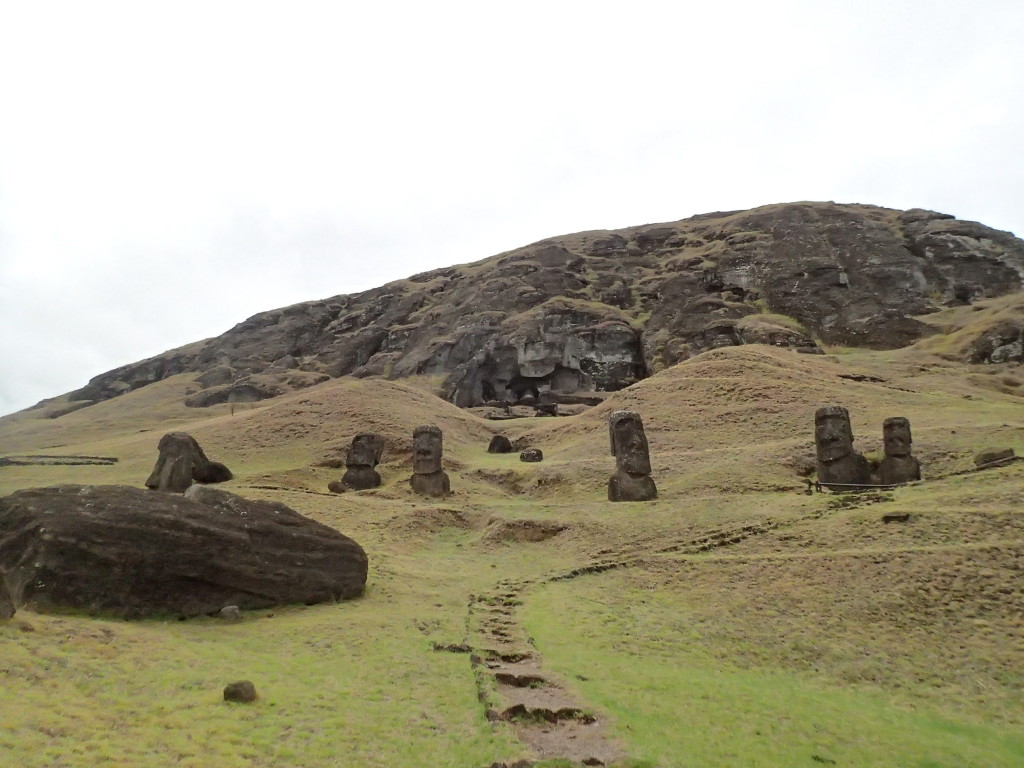
When visiting Easter Island, there are many options to go out and explore. Most people hire a car, scooter or arrange a guided bus tour and it’s also possible to hire quads. I decided to take the sporty and environmentally friendly option and hired a mountain bike for two days. Many of the roads leading to interesting sites are unpaved so any type of cycle other than a mountain bike is not a good idea. There is a nice 55km loop that you can follow that starts in the capital Hanga Roa on the western part of the island and that takes you past a large number of historical sites. The road follows the coastline for about 20 km past the Moai quarry, towards the Ahu Akariki row of moai and the volcano in the east. It’s then on to the Anakena beach in the North and back to Hanga Roa through the center of the island. When you stop at all the points of interest along the way it’s a full day tour. However it’s also great cycling trip and I was tempted to take the bike out for an extra day to do the loop again in one go.
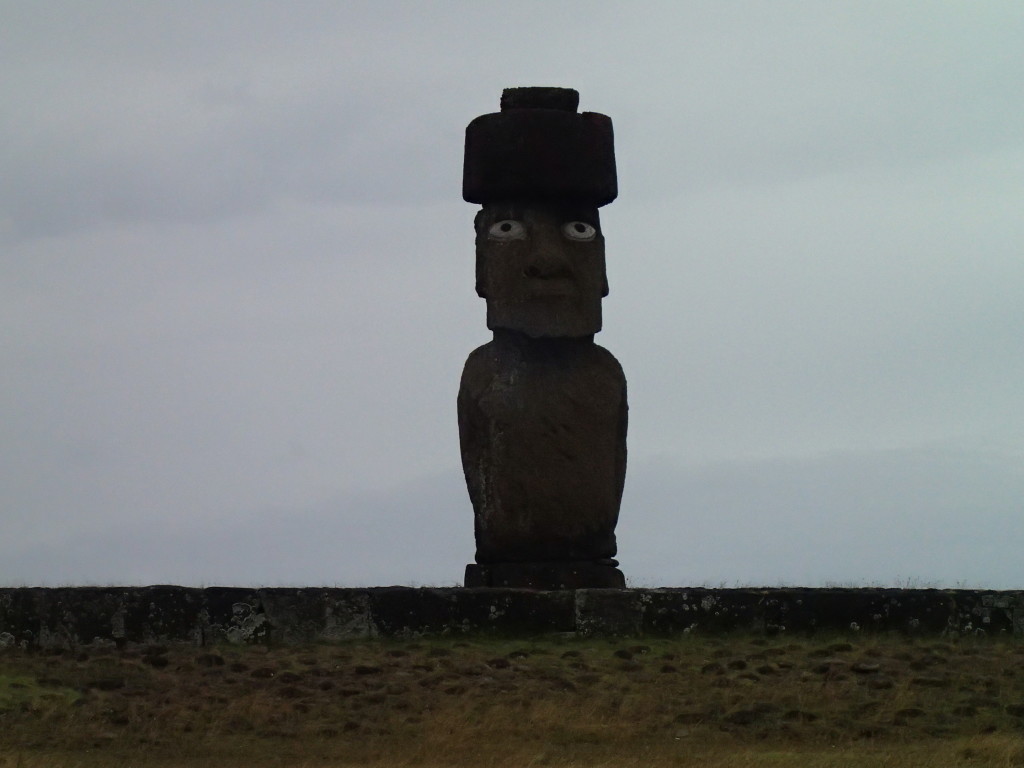
A shorter but more difficult ride is the road north from Hanga Roa of which the largest part is unpaved. This takes you past the Tahai moai (the only one with eyes) and the inland Ahu Akivi row of moai on the way back. The path also takes you past caves that were once used by the ancient civilization that sculpted the Moai and together with some French people I met on the way we were able to descent in one of the main caves and crawl out of a smaller hole in the ground some 50 metres further.
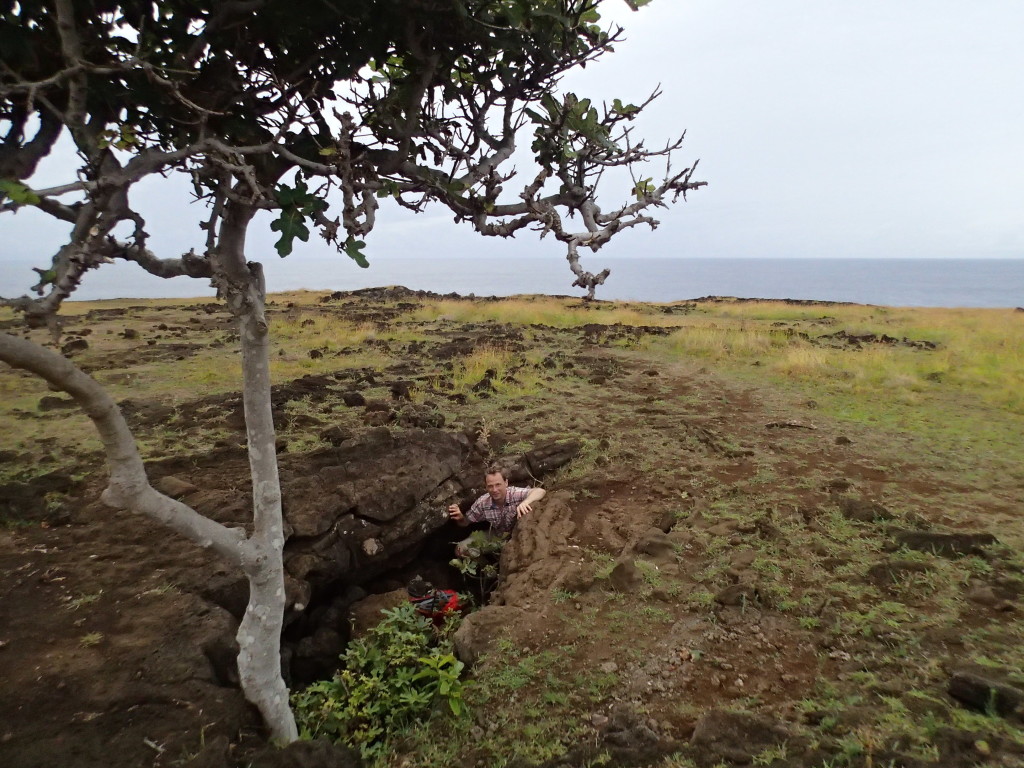
And frankly, that is it. If you are an avid surfer, Easter Island may have more to offer you with its big rolling waves but once you’ve seen all the moai, the volcano’s, caves and burial sites, you’ve seen it all. Four days is more than enough unless you like to take things very slowly. Still, it’s a great once in a lifetime experience.
A word of caution: Wifi is so poor and patchy on the entire island that you can’t really do much online. This shouldn’t be a problem for most people but it made my style of planning and booking everything last-minute very inefficient. Book your hotel and tours before you get there, especially in high season.

